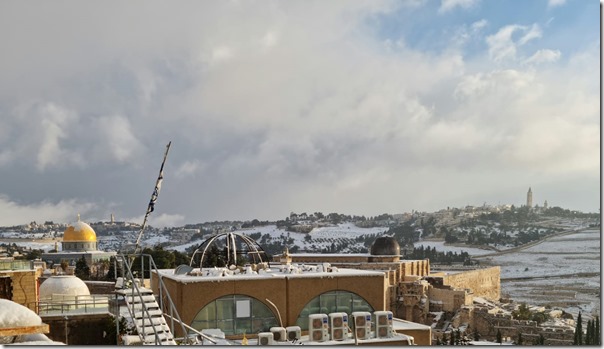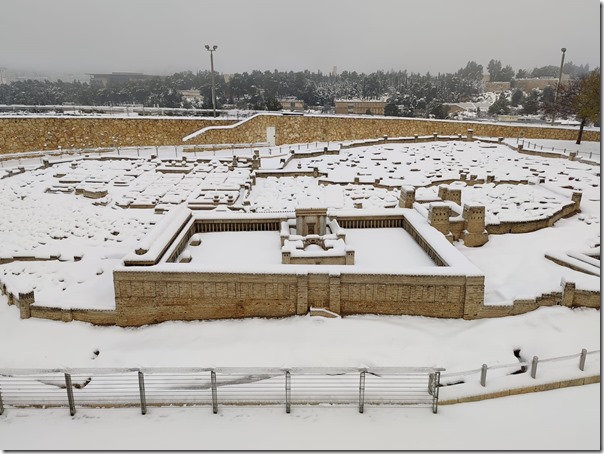Construction work in the Gaza Strip has uncovered a Roman cemetery. There have been reports of looting.
Ongoing work at a quarry near Bethlehem has destroyed about 100 meters of a 1st-century aqueduct that brought water to Solomon’s Pools. There are calls on the government to stop the destruction.
Haaretz (premium) runs a short story about the Gal On Citadel, a Canaanite fortress in the Shephelah between Gath and Lachish. But, as Moshe Gilad writes, “it is advisable not to have too high expectations.”
Schoolchildren hiking in Nahal Besor discovered a coin with the head of Roman Emperor Valentinian I.
The latest episode of This Week in the Ancient Near East podcast questions whether there were really two synagogues in Magdala.
Peter Feinman surveys what prominent Egyptologists in the last century have thought about Israel’s exodus from Egypt.
Pharaoh Hophra ruled Egypt when Jerusalem fell to the Babylonians, and he is the subject of the latest archaeological biography on the Bible Archaeology Report.
A series of videos featuring Alexander Schick discussing the history of the Bible, Tischendorf, and the Dead Sea Scrolls is being released this month as the “focus series” by the Historical Faith Society (membership required).
On The Book and the Spade, John DeLancey discusses what’s new for tourists in Israel after returning from his first tour following Covid shutdowns.
HT: Agade, Joseph Lauer, Arne Halbakken, Explorator

